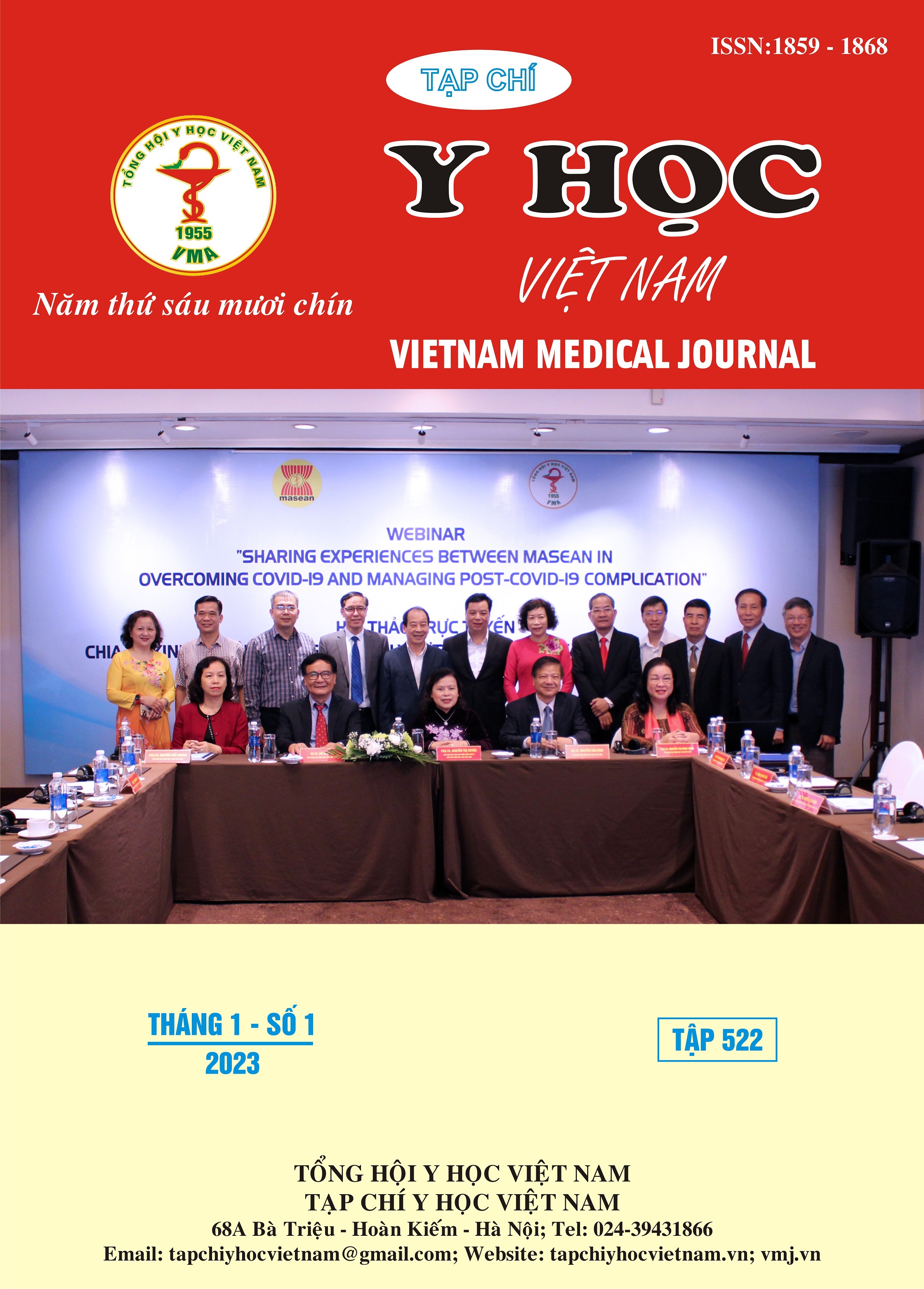GÁNH NẶNG CHĂM SÓC BỆNH NHÂN PARKINSON CÓ TĂNG HUYẾT ÁP
Nội dung chính của bài viết
Tóm tắt
Mục tiêu: Đánh giá gánh nặng của người chăm sóc bệnh nhân Parkinson có tăng huyết áp. Đối tượng và phương pháp nghiên cứu: Tổng số 50 bệnh nhân được chẩn đoán Parkinson có tăng huyết áp được chẩn đoán theo tiêu chuẩn của Ngân hàng não hội Parkinson Vương quốc Anh (UKPDSBB/United Kingdom Parkinson’s Disease Society Brain bank)1, tiêu chuẩn chẩn đoán Tăng huyết áp của ISH2 2020 và người chăm sóc của họ đã được chọn ngẫu nhiên để tham gia nghiên cứu. Phân chia giai đoạn bệnh được thực hiện bởi chuyên gia thần kinh dựa trên Thang điểm Hoehn & Yahr (H&Y). Mức độ nghiêm trọng của bệnh được xác định bằng cách sử dụng Thang điểm thống nhất đánh giá bệnh Parkinson (UPDRS). Gánh nặng chăm sóc được đánh giá bằng cách sử dụng Thang đánh giá gánh nặng Zarit (ZBI). Thang đánh giá lo âu-trầm cảm-căng thẳng (DASS 21) được sử dụng để đánh giá các triệu chứng lo âu và trầm cảm ở bệnh nhân Parkinson và người chăm sóc của họ. Câu hỏi bệnh Parkinson (PDQ-39) được sử dụng để đánh giá chất lương cuộc sống của bệnh nhân Parkinson. Thang đánh giá tâm thần tối thiều (MMSE) được thực hiện để đánh giá tình trạng nhận thức tổng thể. Kết quả: 50 người chăm sóc chính của bệnh nhân Parkinson có tăng huyết áp được đưa vào nghiên cứu. Điểm gánh nặng Zarit trung bình của nhóm nghiên cứu là 23,52±13,841. Có sự khác biệt đáng kể giữa điểm gánh nặng Zarit trung bình giữa hai nhóm người chăm sóc bệnh nhân Parkinson có tăng huyết áp độ I và tăng huyết áp độ II. Điểm chất lượng cuộc sống trung bình của người chăm sóc PDQ-carer của nhóm Parkinson có tăng huyết áp độ II có sự khác biệt có ý nghĩa thống kê với nhóm người chăm sóc bệnh nhân Parkinson có tăng huyết áp độ I với p<0,05. Kết luận: Gánh nặng chăm sóc cho bệnh nhân Parkinson tăng lên khi có tăng huyết áp.
Chi tiết bài viết
Từ khóa
Parkinson's disease, Caregiver burden, Quality of life.
Tài liệu tham khảo
2. Unger T, Borghi C, Charchar F, et al. 2020 International Society of Hypertension Global Hypertension Practice Guidelines. Hypertension. 2020;75(6):1334-1357. doi:10.1161/HYPERTENSIONAHA.120.15026
3. Wang X, Zeng F, Jin WS, et al. Comorbidity burden of patients with Parkinson’s disease and Parkinsonism between 2003 and 2012: A multicentre, nationwide, retrospective study in China. Sci Rep. 2017;7:1671. doi:10.1038/s41598-017-01795-0
4. The global epidemiology of hypertension - PMC. Accessed October 2, 2022. https:// www.ncbi.nlm.nih.gov/pmc/articles/PMC7998524/
5. Martinez-Martin P, Rodriguez-Blazquez C, Forjaz MJ, et al. Neuropsychiatric symptoms and caregiver’s burden in Parkinson’s disease. Parkinsonism Relat Disord. 2015;21(6):629-634. doi:10.1016/j.parkreldis.2015.03.024
6. Ozdilek B, Gunal DI. Motor and non-motor symptoms in Turkish patients with Parkinson’s disease affecting family caregiver burden and quality of life. J Neuropsychiatry Clin Neurosci. 2012;24(4):478-483. doi:10.1176/appi.neuropsych.11100315
7. Macchi ZA, Koljack CE, Miyasaki JM, et al. Patient and caregiver characteristics associated with caregiver burden in Parkinson’s disease: a palliative care approach. Ann Palliat Med. 2020;9(Suppl 1):S24-S33. doi:10.21037/apm.2019.10.01
8. Genç F, Yuksel B, Tokuc FEU. Caregiver Burden and Quality of Life in Early and Late Stages of Idiopathic Parkinson’s Disease. Psychiatry Investig. 2019;16(4):285-291. doi: 10.30773/pi.2019.02.20


